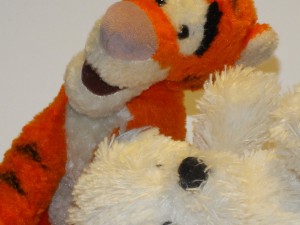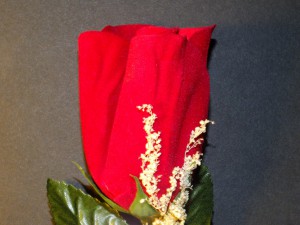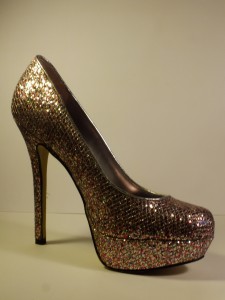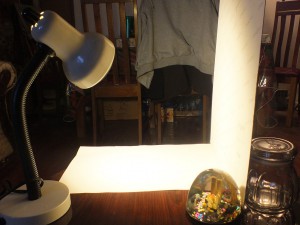During the MoMA exhibit, I felt that the experience has redefined studio photography for me because it has showed me how to take advantage of what I have and how I can use it. As my own experience as a studio photographer, I learned how light and composition can really make a difference in a photograph.
At the beginning of the semester, I knew about using tungsten light and natural light. What I didn’t know about each type of light was that you could do so much with it. You can definitely see the difference in my photos, before and after I was introduced to the concept of the egg and how light can transform the shape of the object and the shadow. It’s great to learn so much about what you can do with light and how it can really change the mood of a photograph. I relate the example of the egg to this concept to the MoMA: A World of It’s Own exhibit because of how many photographs I saw that changed the mood and/or created an amazing effect to picture. Harold Edgerton’s four photographs are a great example of that explanation. The way he uses his strobe light to capture the movement of the human form and everyday objects is completely amazing. Another great photograph, named Laboratory of the Future by photographer Man Ray, is truly amazing because how he photographs the mirrored sphere-shape perfectly so that we actually see his studio in the sphere, because photographing glass is hard. I’m sure when it is a mirrored object, it become so much more complex. But if he can execute it, its possible. I feel that these are a few of the many pieces from the exhibit that has inspired me to go above and beyond while photographing a subject. It also shows how much freedom you have when it comes to photography and what you can do in your own studio.
From Roberta Smith’s review from the New York Times about “A World of its Own” exhibit at MoMA, I agree that exploring the medium filled with “professional portraitists, commercial photographers, darkroom lovers” and more, presents a new way of looking at photography “not for a lack of a good idea”. I do share a sense of agreement and disagreement in the following statement, “ This exhibition uses a great collection to tell what should have been a fascinating statement, but it dwells too much in the past…” I personally love seeing old photographs and making a comparison to what has changed and coincidently, what has not. I actually like the effect of the then and now sequence, just like Smith mentions that takes us two steps forward and one step back. I think it is suppose to remind us how much photographs are similar with a certain theme, even photographs from years past. I also think it’s interesting that she mentions how the show feels ahistorical. But I question if that is the atmosphere the curators wanted to create or not. I not sure if I would call the show ahistorical either but I do think it brings a certain comforting mood to the exhibit by bringing photos by studio portraitists together in one show. I’m not sure if I completely agree with that statement but I do understand what she is trying to explain.







